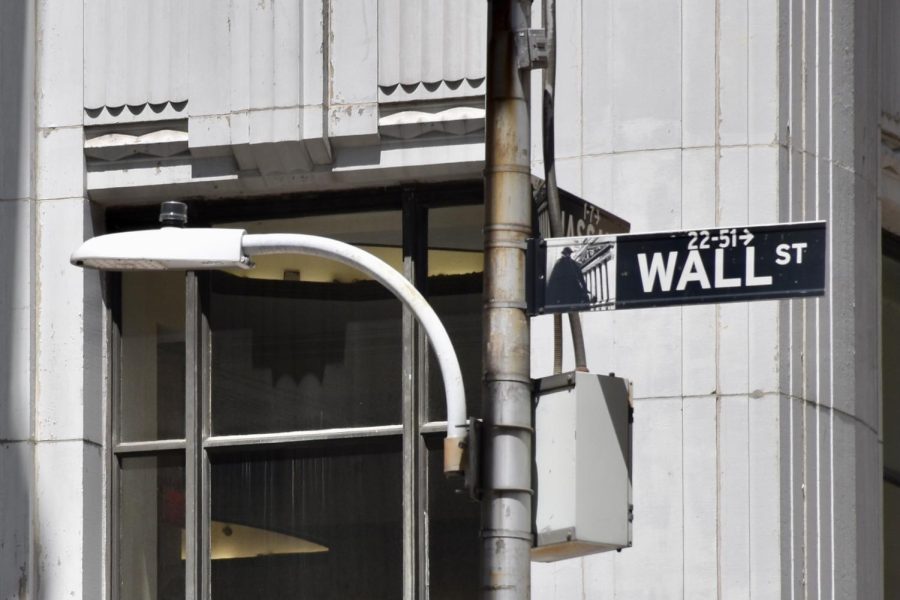Wall Street revenue returns to pre-pandemic level
November 13, 2022
The Office of the New York State Comptroller released a report on Oct. 25 detailing the economic activity generated by Wall Street in the first half of the year.
The report concluded that Wall Street’s pre-tax profits totaled $13.5 billion. This is down 56.3% from the record high $31 billion, earned in the same period in 2021.
As fears of recession rise, Wall Street bonuses are projected to plunge 22% this year. This comes as a reversal from last year, when the average bonus paid to workers in New York’s securities industry peaked at $257,500.
The current projections for the bonuses are $200,850.
Wall Street has been responsible for 18% of all economic activity in the city since 2012. Since then, its contributions have declined.
The decline reflects multiple factors that include a drop in income from firms’ trading, as well as underwriting and securities activities. Additionally, equity offerings this year have been at its lowest level since 2003.
The World Bank reported that the economic output shrank by 5.2% in 2020, when the coronavirus spread globally. But profits are back to the range they were at prior to the pandemic.
“The last two years of profits and bonuses fueled in part by the extraordinary federal response to the pandemic were not sustainable,” New York State Comptroller Thomas DiNapoli said in a news release.
The harsh decline in bonuses this year is due to ongoing economic problems of inflation.
The Federal Reserve’s latest projections show its policy rate rising to between 4.25% and 4.5% by the end of the year from the current range between 3% and 3.25%. This will further increase interest expense liability for financial firms. As a result, security firms will tighten their measures and become more strict.
Signals show that the pandemic-driven economic boom on Wall Street is coming to an end. The market is experiencing a significant cool-down in initial public offerings, in contrast to the record number of companies going public. Additionally, there is a drop in revenue from trading, security and underwriting.
The real estate market was also fruitful during the pandemic due to the shift in work modalities. The option to work from home — both in hybrid and entirely remote settings — became permanent for some companies and affected real estate choices. This added pressure on the city’s finances.
Profits during the previous two years were incredibly high due to the pandemic. Many public officials, such as New York City Mayor Eric Adams, said that this is not sustainable and cuts in spending need to be made.
“We currently face new costs that will increase the city’s obligations by billions of dollars, including growing pension contributions, expiring labor contracts and rising health care expenses,” Adams said in a statement in September, as reported by Spectrum News NY1. “In response, we are asking every city agency to tighten its belt without laying off a single employee or reducing services.”
Although profits returned to pre-pandemic levels, struggles in the market continue as analysts expect profits from the third and fourth quarters to further decline.
The average pay on Wall Street in 2021 rose as high as $516,560. This marked the first time that salaries topped half a million dollars. When this was adjusted for inflation, pay was below the previous record set in 2007.
Wall Street’s average salary is more than five times the average of the rest of the private sector and almost double the compensation in information services.
The next annual report is scheduled for March 2023 and will likely showcase the effects of the Fed’s decision to control inflation on Wall Street’s revenue.









